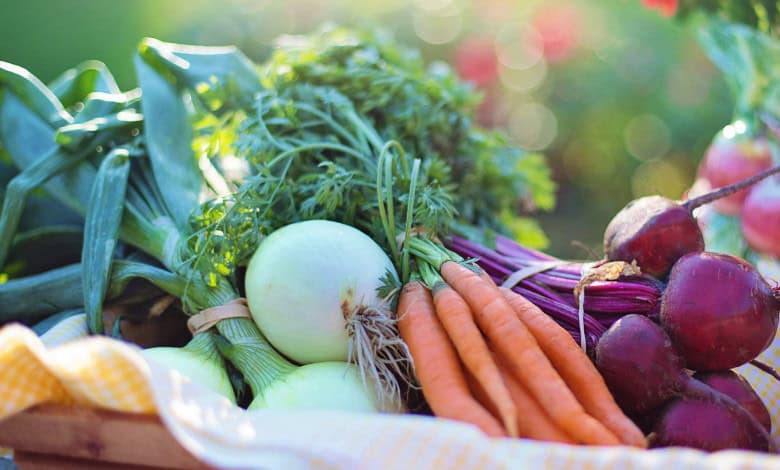Entertainment
Best buddies: Companion planting for spring veggies

As the seasons become more fluid, with an earlier start to spring, cool-season vegetables like beetroot, carrots, radishes, and parsnips can grow at cool soil temperatures of 10-21°C in the root zone, which is 10-15cm below the soil’s surface.
An easy way to check the soil temperature is to push your fingers into the soil. If the soil still feels cold, the soil temperature is probably below 10°C. If it doesn’t feel cold, it has probably reached 15°C, which is the perfect soil temperature for planting cool-season vegetables.
This is quite achievable in a spot that receives full sun, which most veggies need to thrive.
Best companions for root veggies
Companion planting is a sustainable way to grow veggies. It is about planting flowers, herbs, or other veggies that repel specific insects, improve the soil, or attract beneficial pest predators for the benefit of a particular vegetable.
Beetroot and companions
Onions, chives, and spring onions, as well as catnip, are particularly good companions for beetroot because they repel many common insects, including aphids.
If you have the space, sow a row of each, next to each other. Other good companions are dwarf beans, lettuce, and cabbage. However, beetroot grows poorly near mustard.
Catnip (Nepeta cataria) is a hardy perennial that likes full sun and rich, moist soil. It can grow about 50cm high. To keep it compact and bushy, pinch out the growing tips. It is a member of the mint family but is not invasive. The serrated dark green leaves have an antiseptic mint-like smell, and it has small white flowers. Your cats will love it.
Growing tips for beetroot
- Before sowing, loosen the soil, break down soil clumps, and remove sticks and stones so that the roots can grow down easily.
- Sow seeds 3cm apart, in full sun, directly into the soil about 2cm deep in rows 30cm apart.
- Keep the soil moist during germination, which occurs within seven to 14 days.
- Thin out the seedlings to about 5cm apart when they are about 5cm high.
- Carry out a second thinning when seedlings are 7cm high. The remaining beetroot should be about 10-15cm apart.
- Water regularly throughout the growing season.
Good to know: harvest when the roots are 5-10cm in diameter. Cut off the tops leaving 2-3cm long stems. Store leaves and roots separately in the fridge. Use leaves within days. Roots will keep for 2-3 weeks.
Kirchhoffs heirloom beetroot varieties: ‘Bulls Blood,’ ‘Crimson Globe,’ and’ Detroit Red
Carrots and companions
Onions, rosemary, wormwood, or sage planted close to carrots will repel carrot flies. Carrots also enjoy the company of leeks, peas, lettuce, chives, parsley, and tomatoes. If planted nearby, bad companions are dill, potatoes, kohlrabi, fennel, and cabbages.
Sage (Salvia officinalis) thrives on neglect. Plant it in full sun, in soil that drains well and don’t over water. Fertilize once a month in summer. Cut back after flowering to keep it bushy. It is also a good companion plant for strawberries and cabbage.
Growing tips for carrots
Grow carrots in well-prepared soil that is free from obstructions – clumps, sticks, stones, and miscellaneous debris. If your soil tends towards sand or clay, work in compost to improve its quality.
Sow seeds fairly thinly directly into the soil about 1cm deep in rows 20-30cm apart. The bed should receive plenty of sun.
If you don’t have space you can sow “Little Fingers,” which is a baby carrot, in deep containers that contain a mix of potting soil and compost (to retain water).
Keep the area moist until the seeds germinate, which could take up to 10 days, so be patient.
As soon as the seedlings are about 5cm high start thinning out to 2cm apart. A week or so later,















